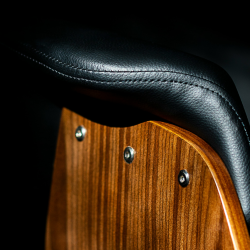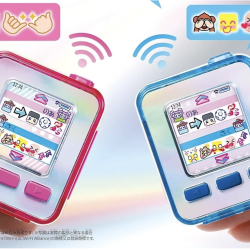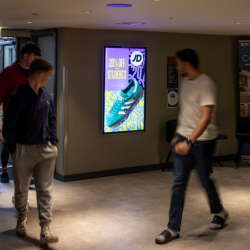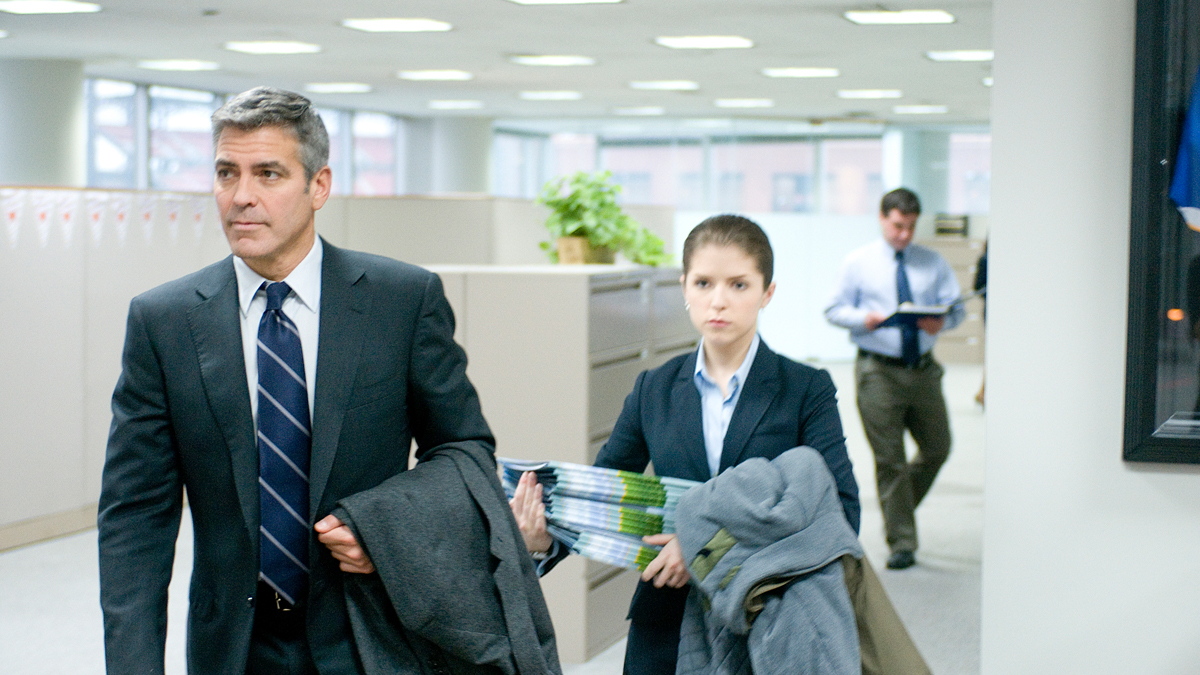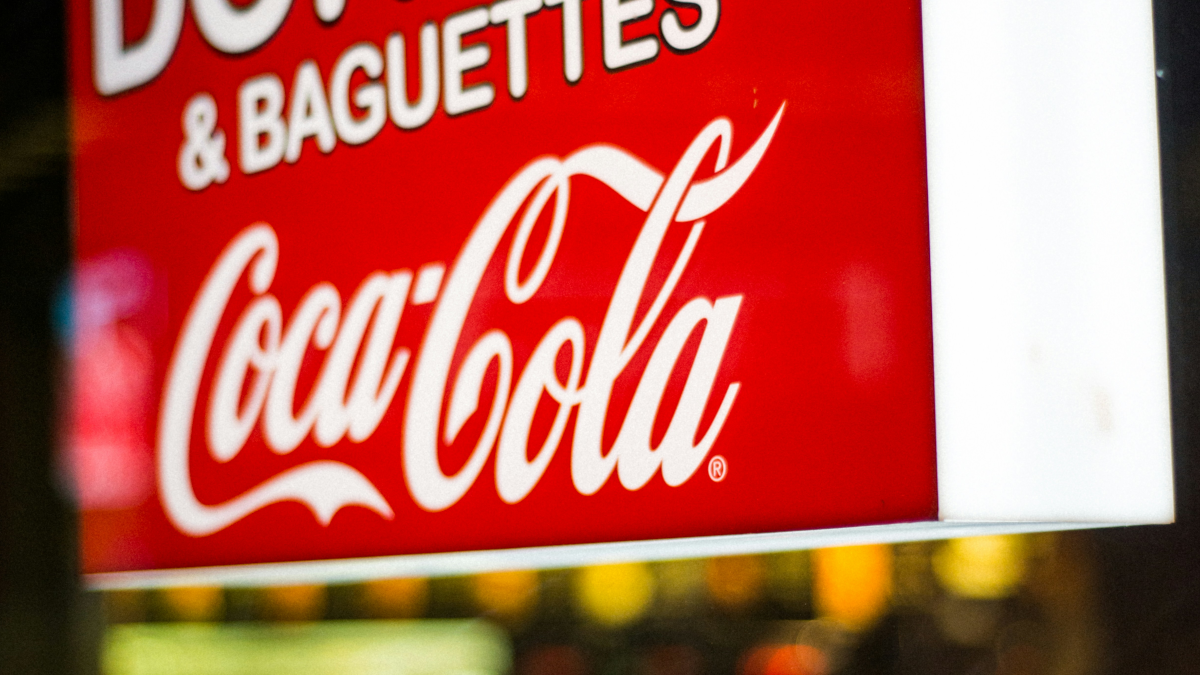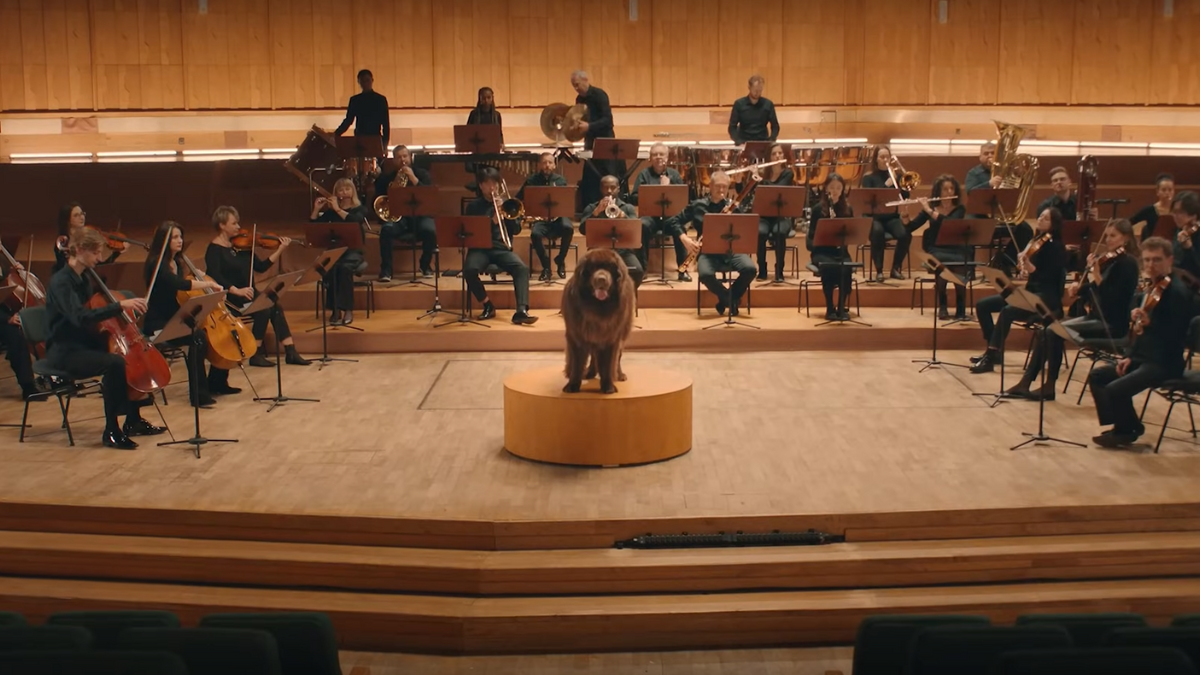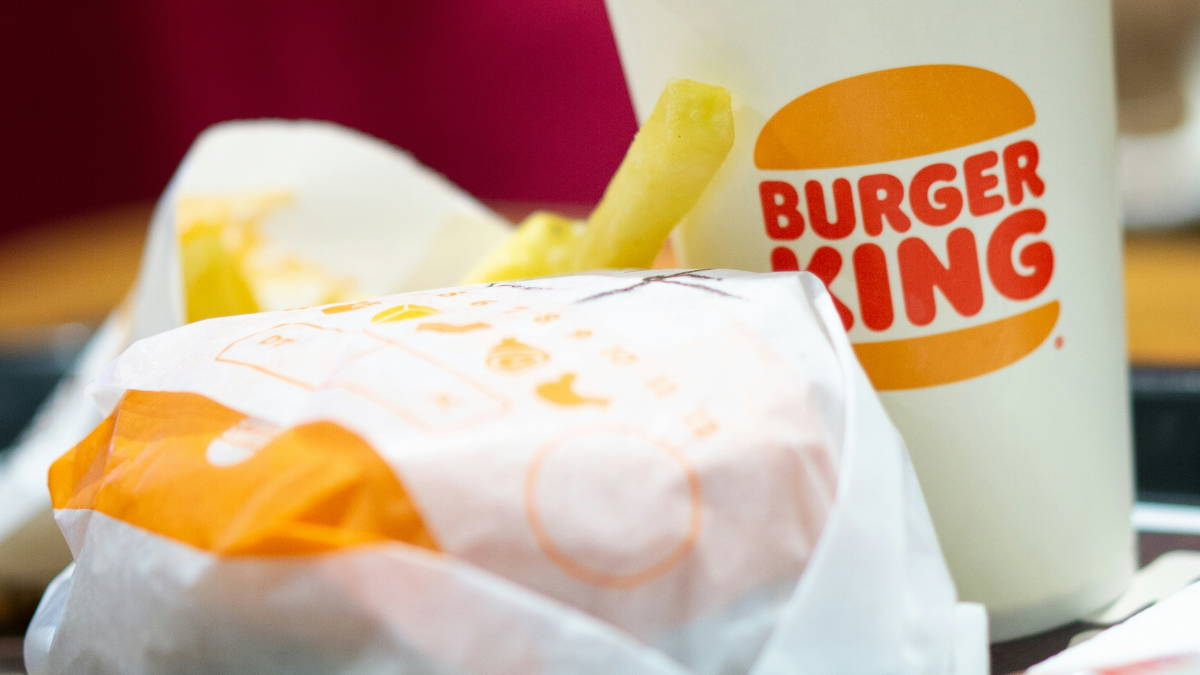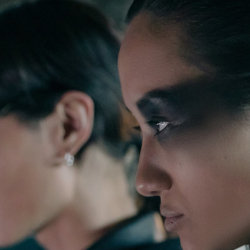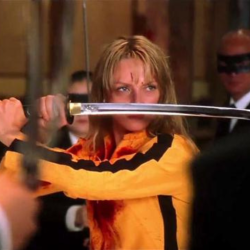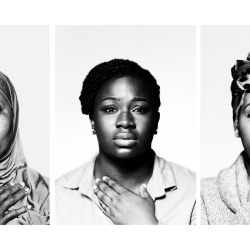“Rael-Brook Toplin, the shirt you don’t iron.
“Rael-Brook Toplin, the shirt you don’t iron.
“Rael-Brook Toplin, the shirt you don’t iron.
“Rael-Brook Toplin, the shirt you don’t iron”
(repeat)
This is the jingle from a TV ad from the early 1960s. It’s for a shirt that you… didn’t need to iron. I’m sure the shirt was also available from all good stores. I’m equally convinced the client would have wanted you to know that it was available at a good price, and that it was quality made. Maybe even something about its provenance or process or materials. But they decided to focus on one thing. And hammer, hammer, hammer it home.
The sentence is repeated in a jingle eight times in thirty seconds. It is reinforced by being on screen for the entire ad, with the type dancing on top of a shirt. Obviously.
Most brands aren’t known for anything.
Let alone one thing. At Harbour we always work closely with clients to work out the ‘one thing’ that you should be known for. Why? Well firstly, all consumers are humans, and the human brain is very very lazy. It craves cognitive closure and what behavioural scientists called cognitive ease. It loves simplicity. From its brands as much as anything else. It was the most efficient way to survive and thrive back on the savannah.
There is a tendency in marketing to always want to say too much. To add a big list of RTBs. To tell absolutely everyone, absolutely everything, in absolutely every media, at absolutely every opportunity you have. This is not only odd, but the data shows that it is incredibly detrimental if you want your marketing to make any sort of difference.
The best lesson I was ever taught was that great strategy is sacrifice.
The biggest impacts are made because of what you choose to leave out, not put in. Create the space for landing your key point-of-difference. I remember listening to some idiot once tell a client that “the more you say, the more you sell’. Literally nothing could be further from the truth. Statistically robust analysis by Kantar/Millward Brown across their entire global database of ads showed that ads with one message in them land that primary message with 30% of the audience. The introduction of a second message reduces that to 21%, and a third message to only 14%. If you want a customer to remember something you are best to not interrupt and muddy the waters with something else whilst you’re doing so. Duh.
Leaving aside (if you wanted to for some weird reason) the proven evidence that saying multiple things to your customers at the same time is marketing stupidity, then just look at the evolutionary science. Reactance Theory shows that the more reasons you give for something being the right thing to do the less effective your argument will be. It triggers the primal fight-or-flight response that you are spending so long telling me something is right, that it must be wrong.
The scientist, Edward Dean, did some great work on this in the 1960s to analyse the impact of ‘nagging’. It doesn’t work. If you want to make a difference in your marketing, spend time working out your one thing. The most important thing you want people to get from you — rationally or emotionally. Work out your version of the “Rael-Brook Toplin” sentence.
The game to play here with what you want to say is the ‘what’s in your backpack’ one from the George Clooney film, Up in the Air (2009). Put all your supposedly vital things into your strategy messaging backpack. You’re allowed five things. OK, now you must take two out. What’s really vital? What can’t you do without? Now take out another. Finally, decide what you absolutely must take with you. If you can’t decide, use research to work out with your key audience what they think is vital. Now, take that with you.
And now a test. What was so special about a Rael-Brook Toplin shirt?
Exactly.
Featured image: Up In The Air (2009) / imdb


